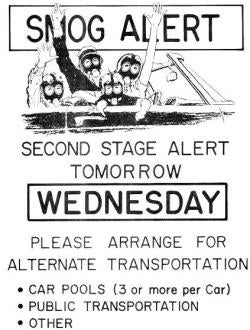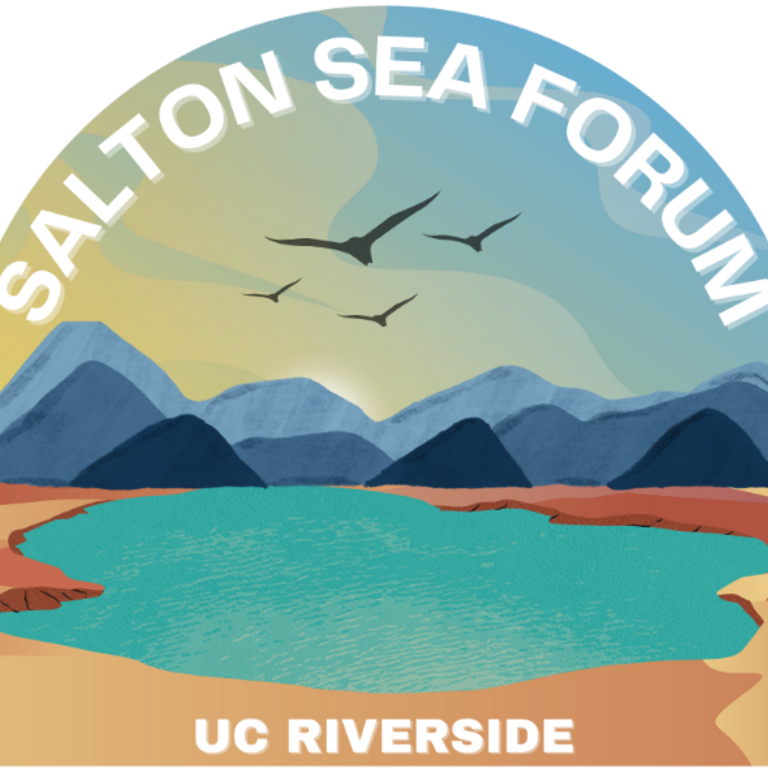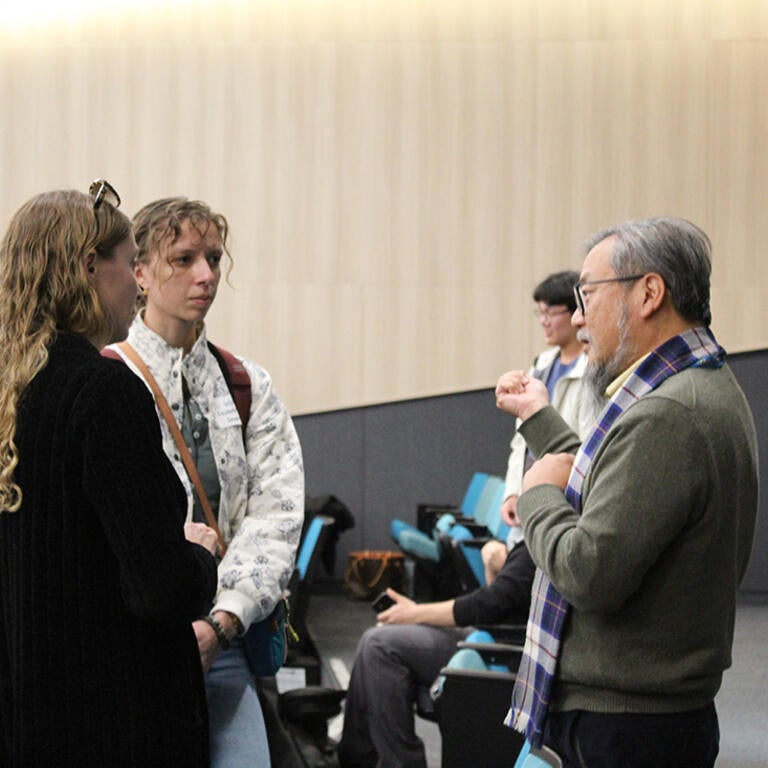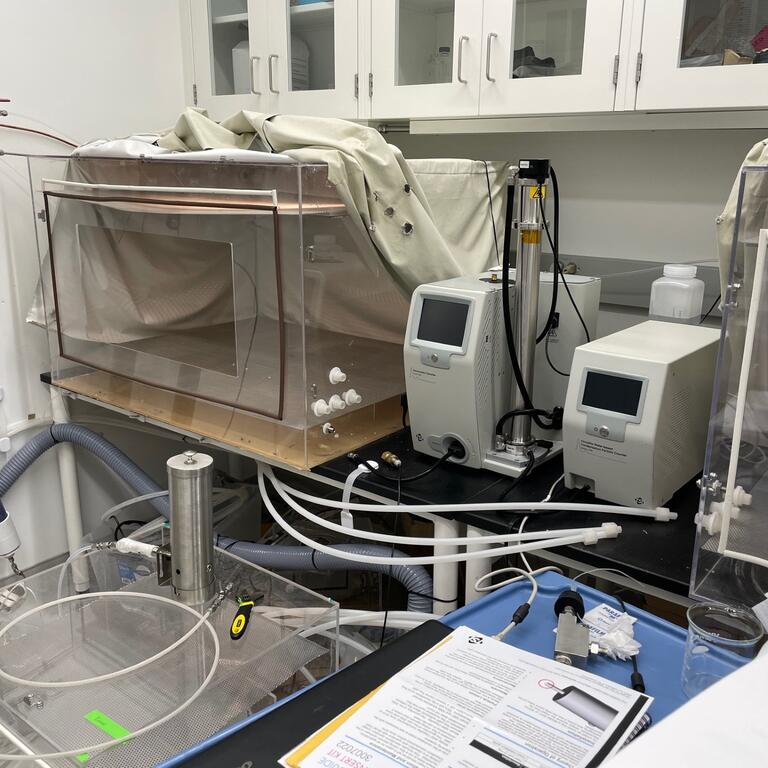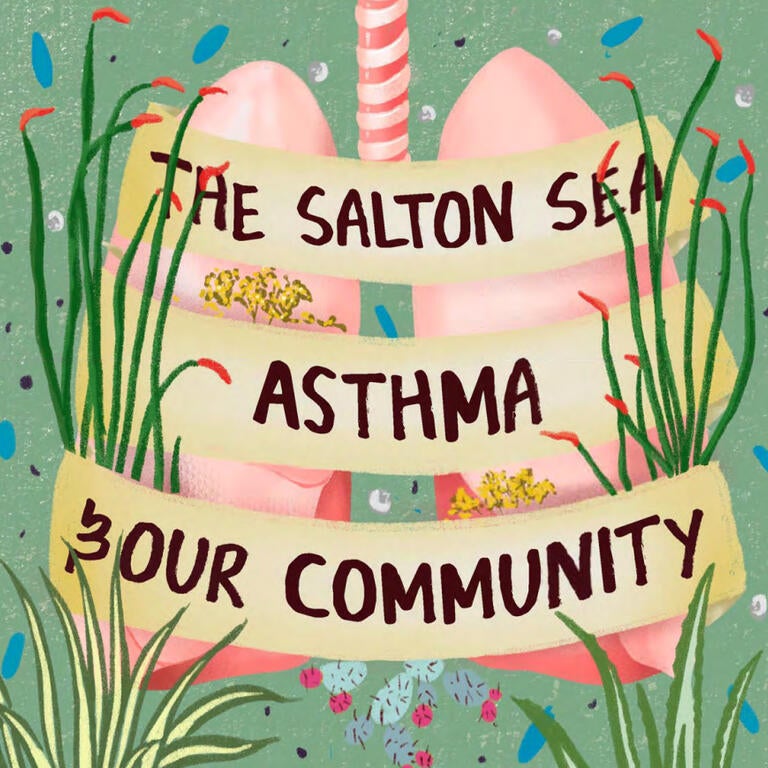BREATHE: Bridging Regional Ecology, Aerosolized Toxins, and Health Effects
The BREATHE (Bridging Regional Ecology, Aerosolized Toxins, and Health Effects) Lab is a gathering of campus researchers who study air quality and health effects, along with related topics, with an annual research workshop in May. Research programs on campus affiliated with the center include studies on the mechanical dynamics of lung tissue, the immunology of the lung, studies on vehicle emissions and health effects, and the role of environmental dust at the Salton Sea in the local high incidence of asthma. In addition, the Center houses the BREATHE Laboratory, assembling a suite of research equipment to study air quality and pulmonary physiology in mouse models, including an environmental exposure chamber to study the impact of chronic exposure to environmental aerosols.
Our main partners in this work include faculty in the Center for Conservation Biology (CCB), the College of Engineering Center for Environmental Research and Technology (CE-CERT), and Biomedical Sciences in the School of Medicine.
Affiliated faculty include researchers in the Bourns College of Engineering (BCOE), the College of Natural and Agricultural Sciences (CNAS), the College of Humanities, Arts, and Social Sciences (CHASS), the School of Public Policy (SPP), and the School of Medicine (SOM). We also have affiliations with the Science and Technology Studies group in the UCR Center for Ideas and Society, and Health Assessment and Research for Communities (HARC).
Current Projects
- Small environmental chamber: The lab of Professor of Biomedical Sciences David Lo and CE-CERT built a small environmental chamber to do long term exposure studies in models of inflammation. Initial studies in collaboration with Professor Meera Nair's and Professor Monica Carson's labs have been on the effects of chronic exposure to allergens.
- In studies supported by the NIMHD-sponsored U54 Center for Health Disparities Research and the US Bureau of Reclamation, the environmental chamber is being used to study the effects of Salton Sea aerosols on models of lung inflammation.
- In collaboration with the US Military Academy at West Point, we are using the environmental chamber to study the health effects of burn pit combustion products and its role in the development of chronic lung disease among military and civilian personnel.
- The BREATHE environmental chamber is being used to study the effects of wildfire smoke on both lung pathology and neuroinflammation. In the case of Central Nervous System effects, we are collaborating with Professors Andre Obenaus and Monica Carson, studying the impact of wildfire smoke on the progression of neurodegenerative diseases such as Alzheimer’s Disease.
- The lab of Professor of Microbiology and Plant Pathology Emma L. Aronson is looking at material from particle collectors in the Coachella Valley to identify microbes and other material in aerosol particulates. The lab has also submitted proposals to study the effects of inhaled particulates on the lung microbial ecology.
- Assistant Professor William Porter has been studying seasonal and diurnal wind patterns in the Salton Sea region, and comparing the incidence of dust events with local hospitalization rates for pulmonary and cardiovascular causes.
Collaborative Projects
Contact Us
David Lo (he/him)
Director of BREATHE Lab
Biomedical Sciences Department
Email: David.Lo@medsch.ucr.edu
Tel: 951-827-4553





